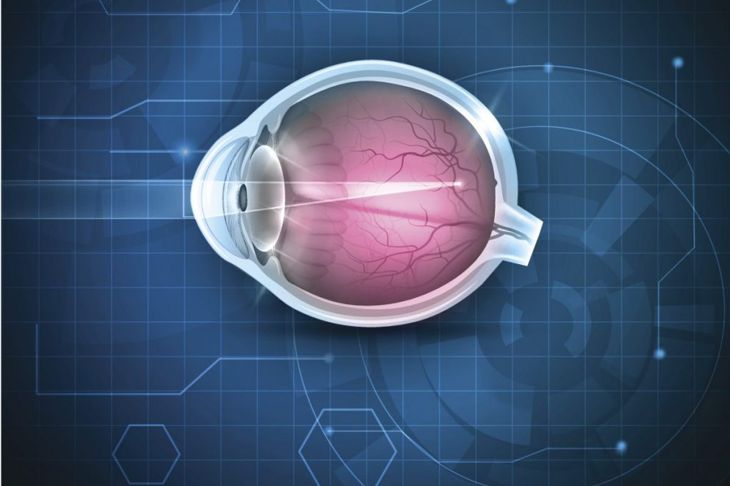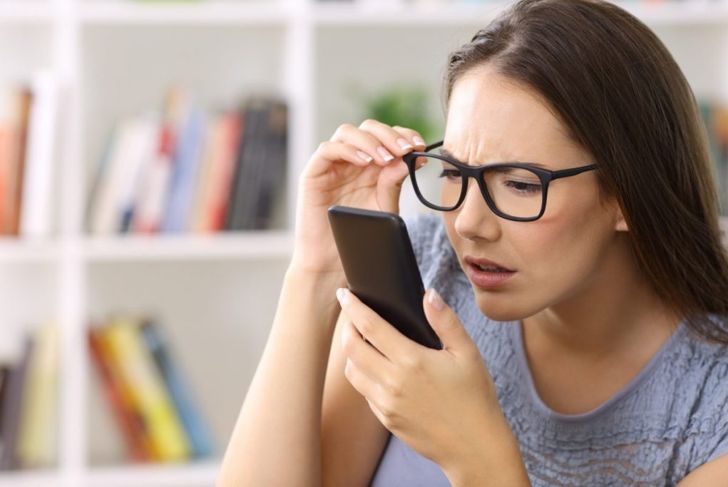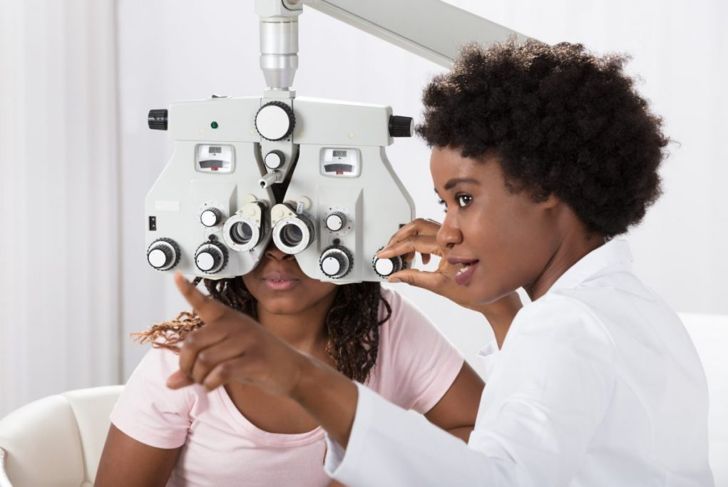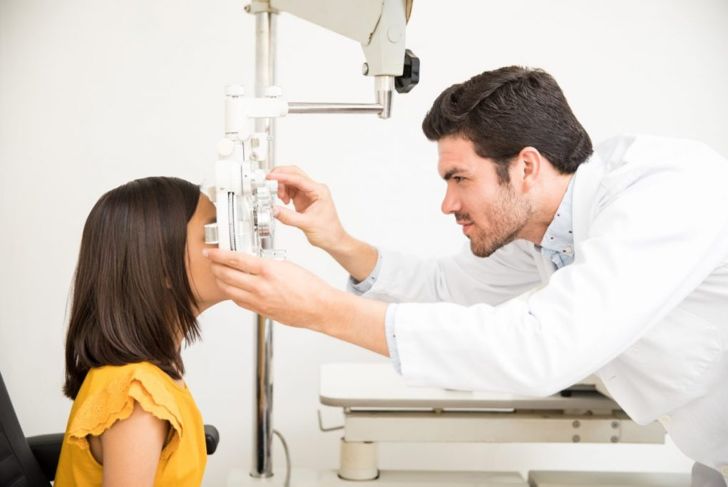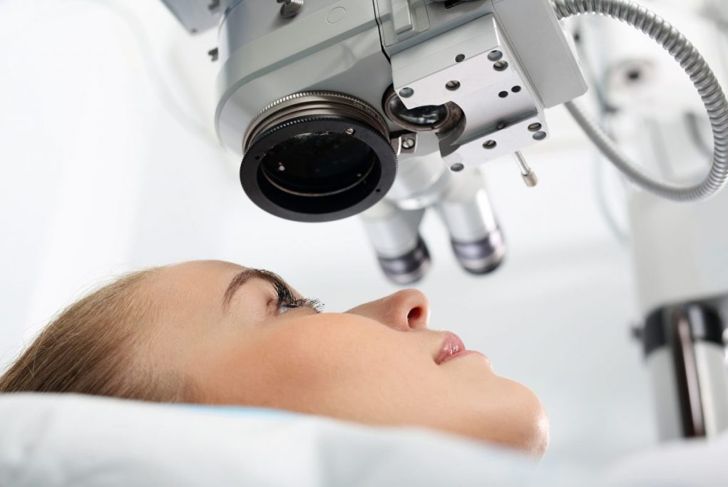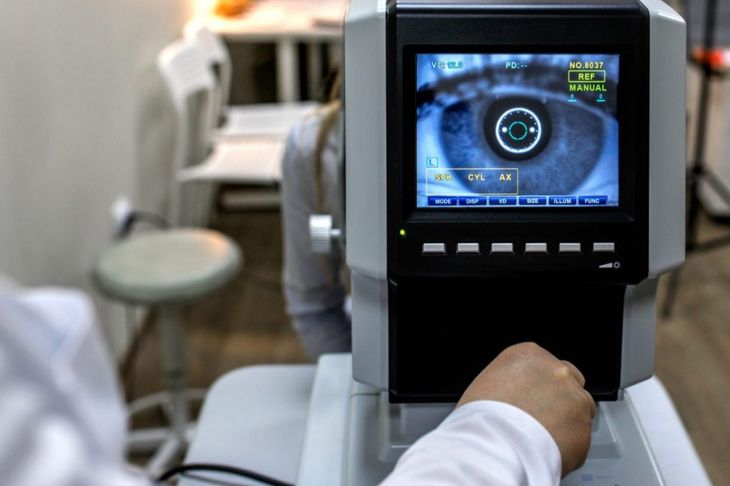People who can see clearly at short distances but have trouble focusing on objects far away may have myopia. A common condition that generally starts during childhood, it is easy to treat myopia; though well-understood, research continues into the condition and has led to new insights.
What is Myopia?
Myopia is an eye condition that causes poor long-distance vision. It is also known as nearsightedness because myopic people can still clearly see things that are close. Structural irregularities in the eye cause the condition. In myopic eyes, the eyeball is longer than normal, or the cornea is too thick or too curved. This means the light is focused in front of the retina rather than on the retina, causing some images to be blurry.
What Causes Myopia?
Scientists have known for some time that genes play a role, and in 2013 an international consortium of vision scientists identified 24 new genetic risk factors for the condition, though the specific cause is still unknown. The recent increase in myopic people suggests there are also environmental risk factors. Studies in the US and other countries show time spent doing close work, such as reading or computer work, and not enough time spent outdoors could play a role in the development of myopia.
How Common is it?
In America, about 42 percent of people between the ages of 12 and 54 are nearsighted. This is up from 25 percent in the 1970s. The condition is more common in other parts of the world; in Asia, up to 80% of people have myopia. A 2016 study in the journal of the American Academy of Ophthalmology, predicts that by 2050, half the world’s population will have myopia.
What are the Signs?
The most obvious sign of myopia is that objects in the distance appear blurry. However, it is common to notice headaches, eye fatigue, and shoulder pain caused by the eyes straining to focus. Myopia often develops during childhood, so parents should look for signs such as sitting too close to the television or holding screens close to the face; these are common habits in children with myopia, as are squinting and tilting the head. Observant teachers may also notice children who have difficulty reading the blackboard.
How is Myopia Diagnosed?
An optometrist will conduct a comprehensive eye exam to diagnose myopia, which will include testing vision and examining the eye. Drops can stop the eye from changing focus during the testing. Eye charts that use pictures or shapes test children who are too young to easily recognize the letters of the regular eye charts.
How Does it Progress?
Myopia is often categorized as mild, moderate or high severity, depending on the amount of correction needed. Children often find their eyesight worsens considerably during puberty. This is because the irregularity in the eye worsens as the eye grows. Most people find their eyesight stabilizes when they enter adulthood and finish growing.
How is it Treated?
Corrective lenses are the easiest way to treat myopia. They refocus light so it hits the retina rather than the space in front of the retina. An optometrist uses a device called a phoropter to determine the ideal lenses for the patient’s needs. The lens prescription is a number; for myopia, this number will have a minus sign in front of it. For example, -3.00 D is a prescription for mild myopia.
Can Surgery Help?
In adults, surgery is an option to correct myopia. The procedures have to wait until after the eyesight has stabilized, so cannot be performed until adulthood. The two common types of surgery are laser-assisted in situ keratomileusis (LASIK) and photorefractive keratectomy (PRK). Both reshape the cornea by removing layers of tissue, which helps focus light on the retina. The surgery is limited in the amount of tissue that can be safely removed, so people with high myopia may not be good candidates. A doctor can instead place a phakic intraocular lenses (IOLs) inside the eye to provide a permanent solution.
Are There Complications?
Most people with mild to moderate myopia won’t experience any complications. However, high myopia — requiring a lens of -6.00 or more — does come with a risk of complications. People with high myopia have an increased risk of retinal detachment, cataracts, and glaucoma, which can all cause vision loss. People with high myopia should ask their optometrists about warning signs for these conditions, and ensure they have eye health checks regularly.
Can Myopia be Prevented?
As myopia is often hereditary, it cannot be completely prevented. However, new research suggests ways to slow the progress of the condition, especially in children. In particular, the condition may be delayed or prevented by spending time outside, possibly due to sunlight or the need to look into the far distance regularly. For children who already have the condition, ensuring they are wearing the correct prescription is key to slowing the progress of myopia. There is evidence that weak lenses encourage the eye to grow more quickly, speeding up the progression of the disease. Optometrists may also recommend treatments like corneal reshaping.

 Home
Home Health
Health Diet & Nutrition
Diet & Nutrition Living Well
Living Well More
More